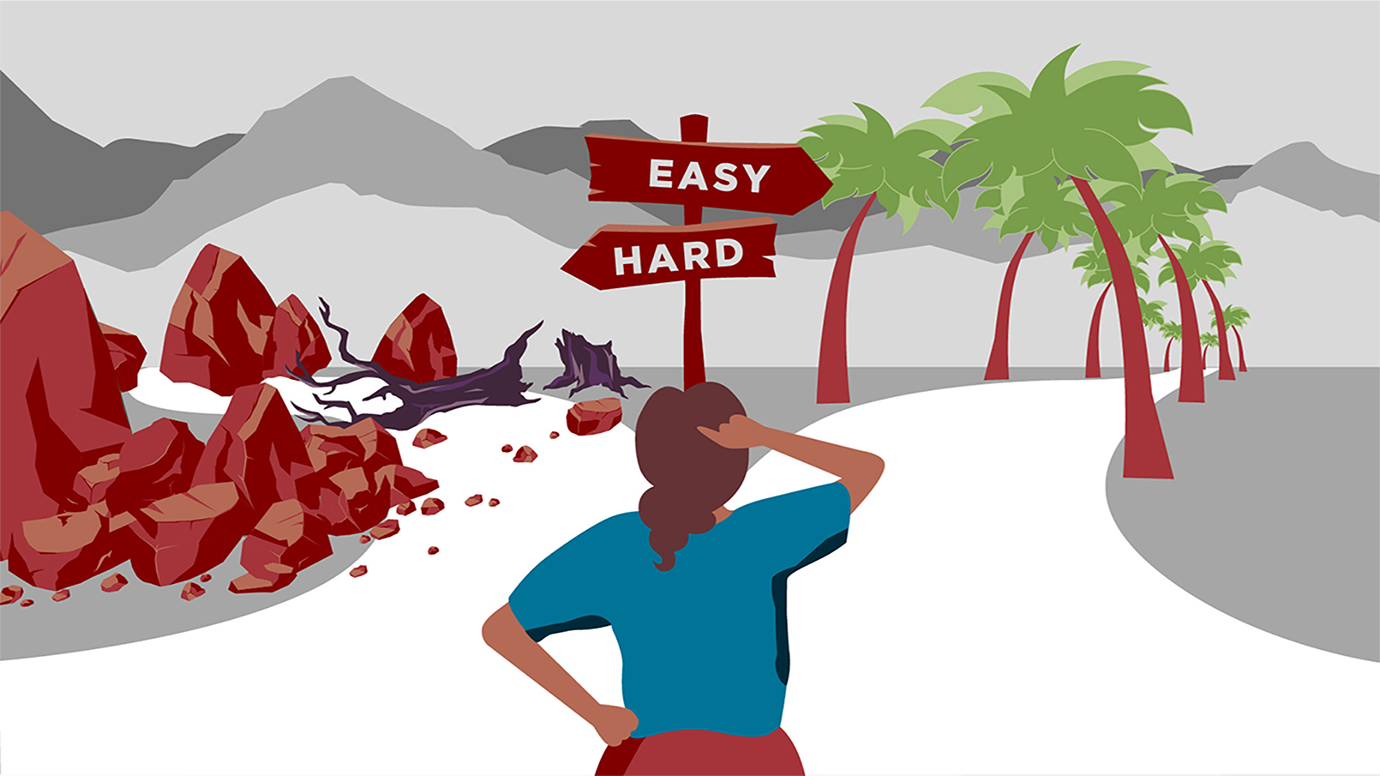
What are the origins of behavioral economics research, and who are Tversky and Kahneman?
Behavioral economics has expanded since the 1980s, but it has a long history: According to Thaler, some important ideas in the field can be traced back to 18th-century Scottish economist Adam Smith.
Smith is often remembered for the concept of an “invisible hand” that guides an overall economy to prosperity if each individual makes their own self-interested decisions—a key concept in classical and neoclassical economics. But he also recognized that people are often overconfident in their own abilities, more afraid of losing than they are eager to win and more likely to pursue short-term than long-term benefits. These ideas (overconfidence, loss aversion and self-control) are foundational concepts in behavioral economics today.
More recently, behavioral economics has early roots in the work of Israeli psychologists Amos Tversky and Daniel Kahneman on uncertainty and risk. In the 1970s and '80s, Tversky and Kahneman identified several consistent biases in the way people make judgments, finding that people often rely on easily recalled information, rather than actual data, when evaluating the likelihood of a particular outcome, a concept known as the “availability heuristic.” For example, people may think shark or bear attacks are a common cause of death if they’ve read about one such attack, but the incidents are actually very rare.
With “prospect theory,” Tversky and Kahneman also demonstrated that framing and loss aversion influence the choices people make. For example, if presented with an opportunity to win $250 guaranteed or gamble on a 25% chance of winning $1,000 and a 75% chance of winning nothing, most people will choose the sure win. But if presented with the chance to lose $750 guaranteed or a 75% chance to lose $1,000 and a 25% chance to lose nothing, most people will risk losing $1,000, hoping for the slim chance that they will lose nothing at all.
This classic example demonstrates that people are more willing to take a greater statistical risk if it means avoiding a $1,000 loss versus obtaining a $1,000 win, which contradicts expected utility theory. Prospect theory and other work by Tversky and Kahneman continues to inform many areas of behavioral economics research today.
What role have Richard Thaler and behavioral economists at the University of Chicago played in the development of the field?
In the 1980s, Richard Thaler began to build on the work of Tversky and Kahneman, with whom he collaborated extensively. Now the Charles R. Walgreen Distinguished Service Professor of Behavioral Science and Economics at the Booth School of Business, he is today considered a founder of the field of behavioral economics.
Thaler’s research in identifying the factors that guide individuals’ economic decision-making earned him the Sveriges Riksbank Prize in Economic Sciences in Memory of Alfred Nobel in 2017. His ideas stem in part from a series of observations he made in graduate school that led him to believe that people’s behavior deviated from traditional economic models in predictable ways.
For example, Thaler observed that he and a friend were willing to forgo a drive to a sporting event due to a snowstorm because they had been given free tickets. But had they purchased the tickets themselves, they would have been more inclined to go, even though the tickets would have been valued at the same price regardless, and the danger of driving in the snowstorm unchanged. This is an example of the “sunk cost fallacy”—the idea that people are less willing to give up on projects they have personally invested in, even if it means more risk.
Thaler is also known for popularizing the concept of the “nudge,” a conceptual device for leading people to make better decisions. A “nudge” takes advantage of human psychology and a number of other concepts in behavioral economics, including mental accounting—the idea that people treat money differently based on context. For example, people are more willing to drive across town to save $10 on a $20 purchase than $10 on a $1,000 purchase, even though the effort expended and the amount of money saved would be the same.
Thaler and other UChicago economists—including Leonardo Bursztyn, Josh Dean, Nicholas Epley, Austan Goolsbee, Alex Imas, John List, Susan Mayer, Sendhil Mullainathan, Devin Pope, Rebecca Dizon Ross and Heather Sarsons—continue to conduct empirical research, including field experiments, that explore behavioral economics from multiple angles.
What is a “nudge” in behavioral economics?
In behavioral economics, a “nudge” is a way to manipulate people’s choices to lead them to make specific decisions: For example, putting fruit at eye level or near the cash register at a high school cafeteria is an example of a “nudge” to get students to choose healthier options. An essential aspect of nudges is that they are not coercive: Banning junk food is not a nudge, nor is punishing people for choosing unhealthy options.
Thaler’s ideas about nudges were popularized in Nudge: Improving Decisions about Health, Wealth, and Happiness, his 2008 book with former UChicago legal scholar Cass Sunstein, now of Harvard University. Businesses and governments, including the U.S. government under President Barack Obama, have adapted Thaler and Sunstein’s ideas about nudges into policy.
What is behavioral economics? - UChicago News
Read More
No comments:
Post a Comment